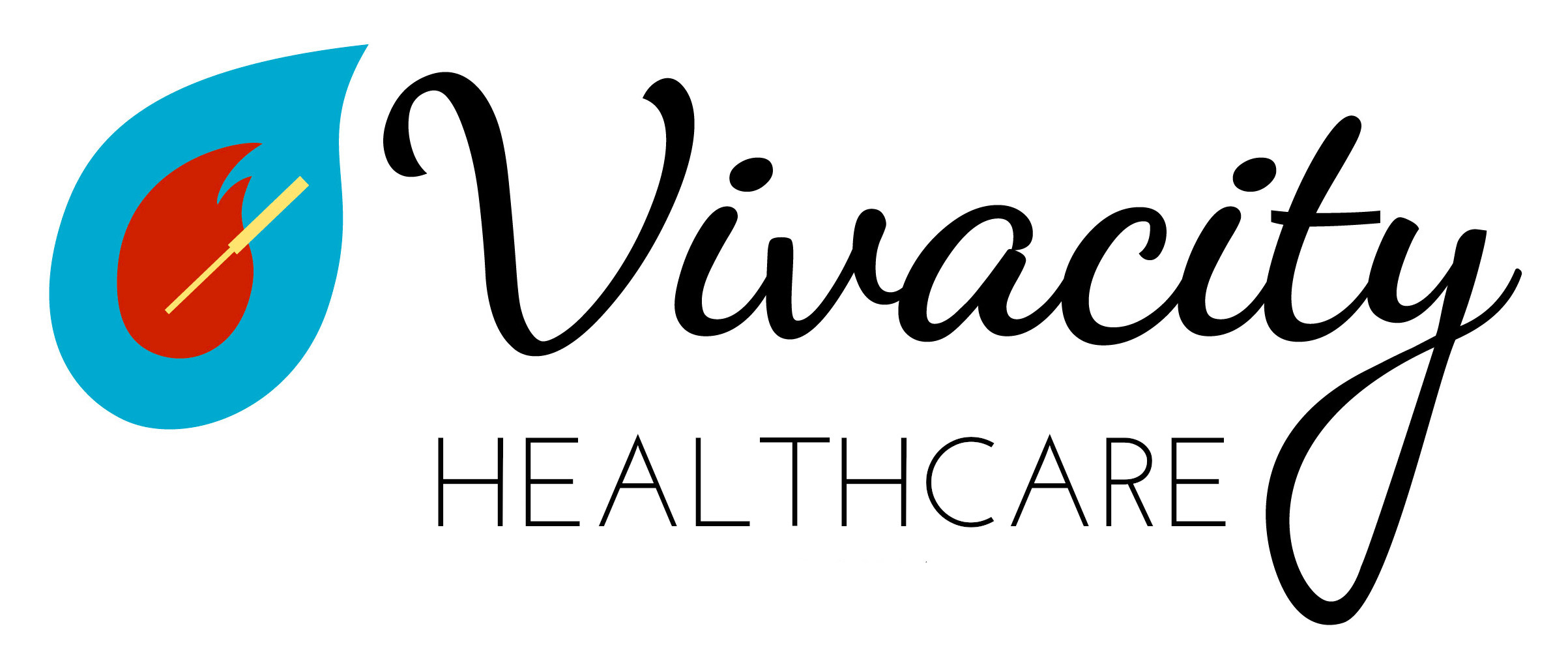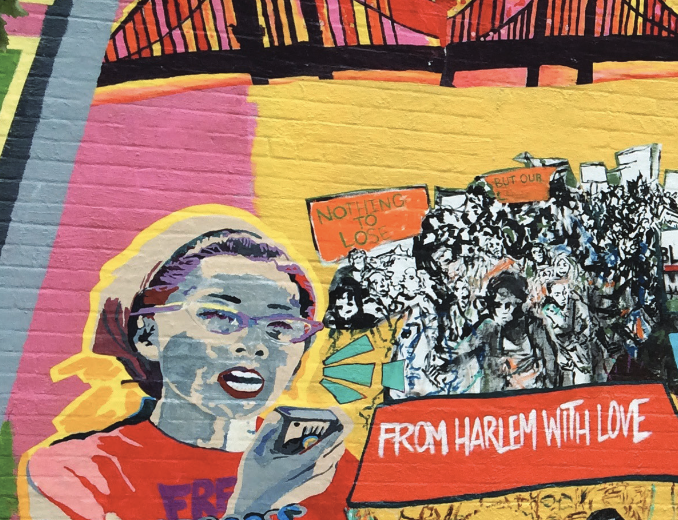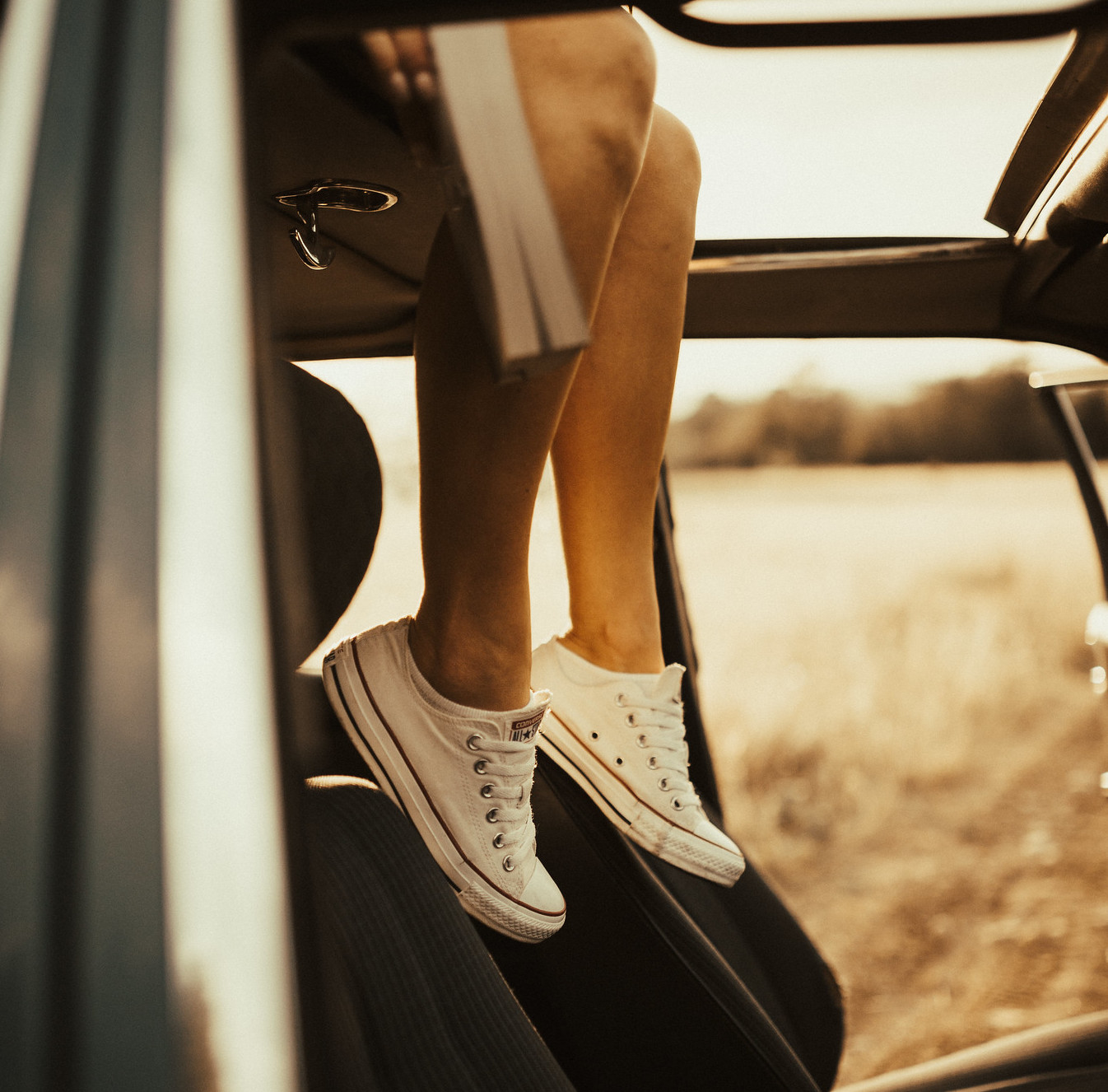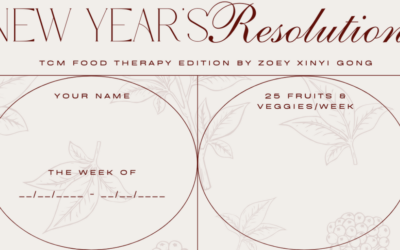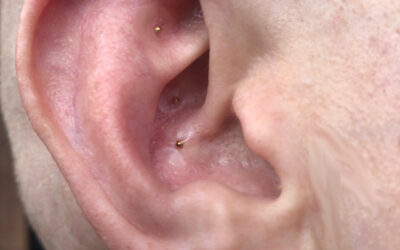May is Asian/Pacific American Heritage Month – a celebration of Asians and Pacific Islanders in the United States. As one of the millions of Americans who benefits from acupuncture, both as a practitioner and a patient, I am grateful to the Asian American practitioners who brought this ingenious medicine to the United States. ‘Asian/Pacific American’ is a very broad term encompassing all of the Asian continent and the Pacific islands of Melanesia, Micronesia and Polynesia. This is a huge area with many different cultures as well as diverse medical traditions that comprise East Asian medicine*.
Acupuncture (culturally appropriated into techniques such as dry needling and microneedling), as well as cupping, gua sha (culturally appropriated as instrument-assisted soft tissue mobilization or IASTM) and other techniques would not exist without the knowledge and history from Asia and the Asian American community. A great number of Asian practitioners, such as Waichi Sugiyama who devised the now almost universally used needle tube insertion method in the 1600s [1], made indispensable contributions to this highly effective medicine over thousands of years. Two Japanese-American women, of the many people who helped make acupuncture and East Asian medicine available in the United States, facilitated my studies in East Asian medicine.
Yuri Kochiyama was a prominent activist within the Asian American community and civil rights movement in NYC who has been dubbed a folk hero [2]. In the 1970s, before acupuncturists were licensed to practice medicine in the U.S., East Asian medicine was being practiced at a Chinatown community center named I-Wor-Kuen. Yuri brought some of her friends, including Mutulu Shakur who later became a doctor of acupuncture, there to access this medicine. Impressed by its efficacy and by what he read from Asian practitioners, Mutulu Shakur went on to start one of the first accessible acupuncture clinics in NYC where he introduced one of my teachers, Dr. Mark Seem, to the practice. Mark then founded the Tri-State College of Acupuncture from which I graduated in 2011.
Kiiko Matsumoto is best known for integrating the work of Japanese masters such as Master Nagano, Master Kawai, and Dr. Manaka into a coherent and clinically effective style. Kiyoshi Nagano developed a unique and ingenious theoretical and clinical approach that incorporated the classical concepts and emergent insight from Western medicine. For many years, he mentored Kiiko, who is now the only student of his who he authorized to teach in the West [3]. In addition to teaching worldwide and publishing modern analyses of classical techniques, she practices acupuncture to this day in Massachusetts.
*East Asian medicine is the appropriate terminology, as opposed to ‘Oriental’ medicine, as this term is Eurocentric and racist. Influential Point is an Asian-American led organization for health justice on the forefront of guiding the East Asian medicine community to remove the o-word from our lexicon.
References:
[1] Kobayashi, A., Uefuji, M., & Yasumo, W. (2010). History and progress of Japanese acupuncture. Evidence-based complementary and alternative medicine: eCAM, 7(3), 359–365. https://doi.org/10.1093/ecam/nem155
[2] Smithsonian Asian Pacific American Center. “Folk Hero: Remembering Yuri Kochiyama through Grassroots Art.” https://smithsonianapa.org/yuri/. Accessed May 10, 2022.
[3] “History of Kiiko Matsumoto Style of Acupuncture.” https://www.kiikomatsumoto.com/History_Instructors_KiikoMatsumotoStyle.html. Accessed March 23, 2022.
